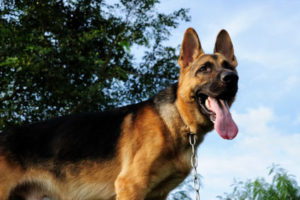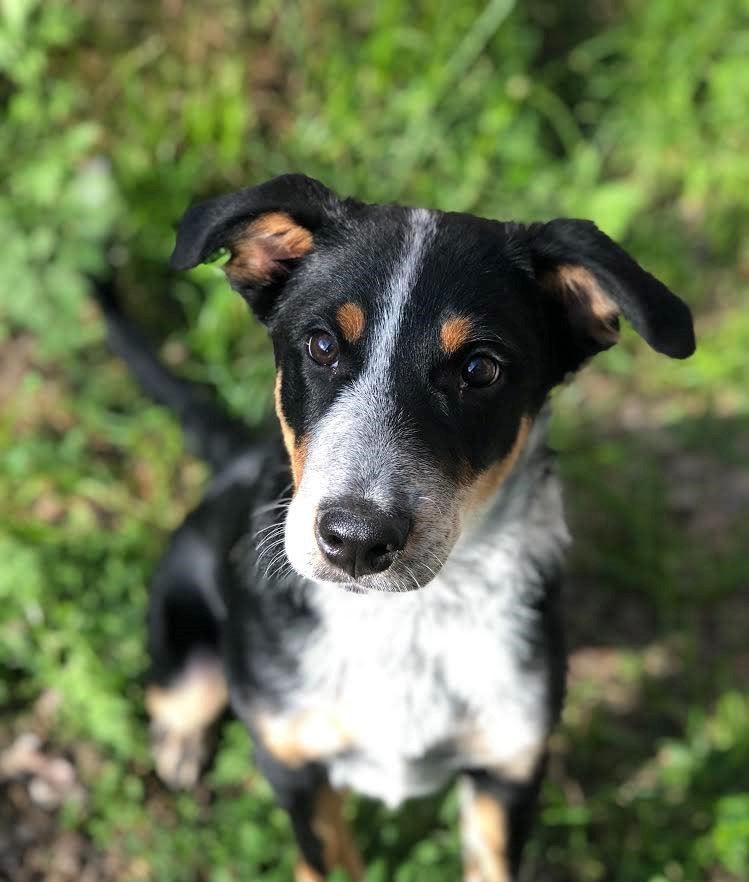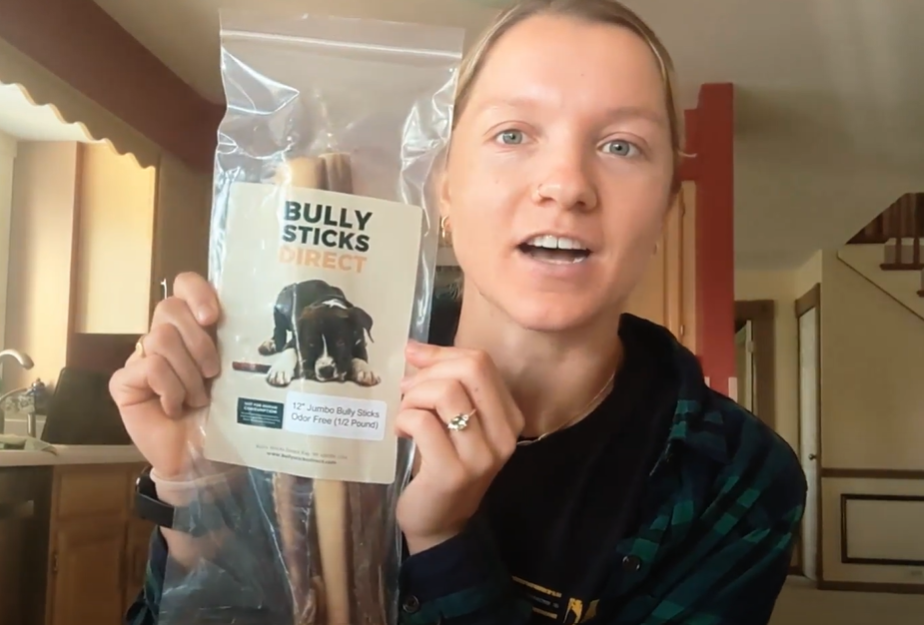 When reading this article please understand that it is not meant to replace professional advice when it comes to aggression, and it is by no means a complete write up on canine body language. This article is meant to be a handy quick guide to some signs your dog may be giving. Clients frequently call me and say “he just snapped out of nowhere, without warning.” There is almost always a warning of some sort, the trick is recognizing it.
When reading this article please understand that it is not meant to replace professional advice when it comes to aggression, and it is by no means a complete write up on canine body language. This article is meant to be a handy quick guide to some signs your dog may be giving. Clients frequently call me and say “he just snapped out of nowhere, without warning.” There is almost always a warning of some sort, the trick is recognizing it.
The best place to start an evaluation of a dog’s posture is with the tail. There are three basic positions that a dogs tail can occupy. Tucked beneath his body indicates fear, low or level with the back indicates a submissive state of mind, and raised over the back indicates a dominant or confident state of mind (however, some northern breeds have tails that are permanently raised, which does not indicate dominance). It is important to note that dominance is not always a bad thing in a dog. We do not want our dog feeling dominant over us, but a dominant confident stance when playing ball is nothing to worry about. Most people have been taught that a wagging tail means that a dog is happy, but this is not always true. A relaxed wag in a level position tells you that a dog is in a calm and happy state of mind. A tucked wagging tail indicates that the dog is trying to please you but is overly submissive or scared. The wag to watch out for is when the tail is straight above the dogs back and twitching back and forth. This posture shows that the dog is in an alert dominant stance and is evaluating the situation. This is the tail position of a dog that is guarding a person or place.
Another place to watch a dog when trying to evaluate his posture is his head. The mouth of a dog can tell you a lot. When the mouth is open and the lips are loose and not pushed forward the dog is in a relaxed state. When the mouth shuts and becomes tight the dog is becoming more tense and focused (of course not every time the mouth shuts means the dog is tense). The back of a dogs lips (commissures) can also give you some information. When the commissures are pulled back it is an indication of submission or fear in the dog. When the commissures push forward it is a sign of dominance, alertness, or aggression. The eyes can also be a source of information. When a dog is very alert and intent it is natural for him to use a direct stare at the person or animal in question. It is also common for a dog to widen his eyes and turn slightly away from the person or animal and look out of the side of his eyes when he is nervous or aroused (however, this can also happen in play).
The third place to watch when evaluating a dog is the center of the body. The strip of fur down the center of a dogs back (hackles) will rise when the dog is feeling aroused (this can indicate fear, aggression, or excitement). I also watch how the body is moving. I typically describe a dog’s body language as loose or tight. Loose means his hips and head are moving back and forth, his shoulders are relaxed, and his neck isn’t stiff. Dogs with loose body language are telling you that they are in a good state of mind (not scared or aggressive). Tight means that his body looks poised and alert. If the dog is standing, he will probably be almost still. If the dog is walking, there will be do wasted motion, almost like the prowl of an animal during the hunt. Tight body language is typically one of the best indicators of a dog’s state of mind. It is easier for someone to misread a tail or mouth than an entire body.
The final piece of the puzzle is putting everything together. If you see a dog’s mouth shut don’t panic and think that he is tense and possibly aggressive. Take into account the entire body. If a dog’s tail is straight up and twitching, his hackles are raised, the mouth is shut, he has a direct stare, and the body is tight, you have something to worry about. If the tail is up but the mouth and body are relaxed then there probably isn’t an issue. Also keep in mind that different body language is acceptable in different situations. If your dog is staring at his favorite toy in the yard and his body language is tight and dominant before he chases it, there isn’t a problem. If your dog has issues meeting new dogs and you observe some of these warning signs as a new dog approaches, it is time to be cautious.
I wrote this article as a quick guide which means many things have been left out. I wanted to open your eyes to some things to look for and hopefully give you the ability to prevent some bad situations from happening. If you are having issues with your dog please let this be the start of your learning process, so that you learn to see what the dog is going to do before he does it.
Matt Covey
Suburban K9
Elgin, Il



